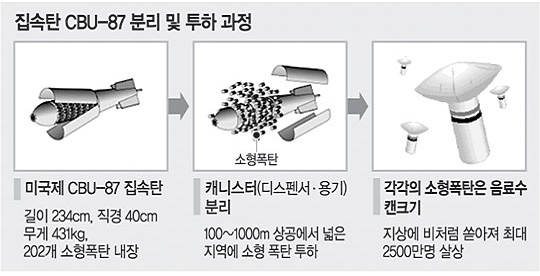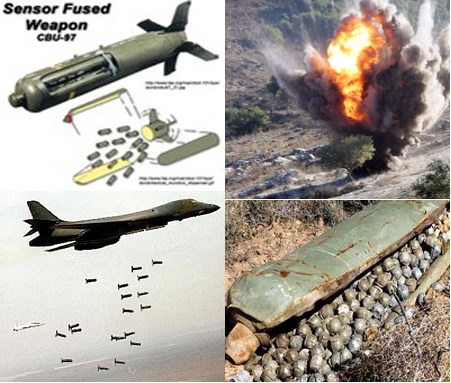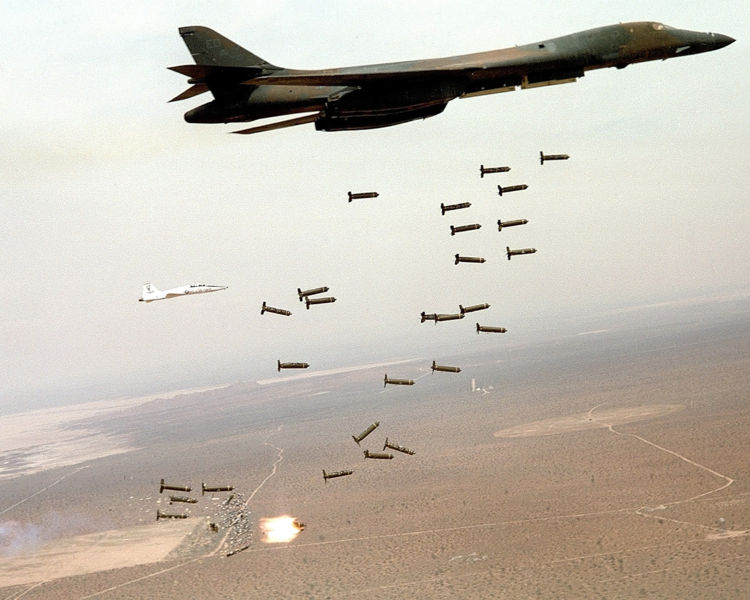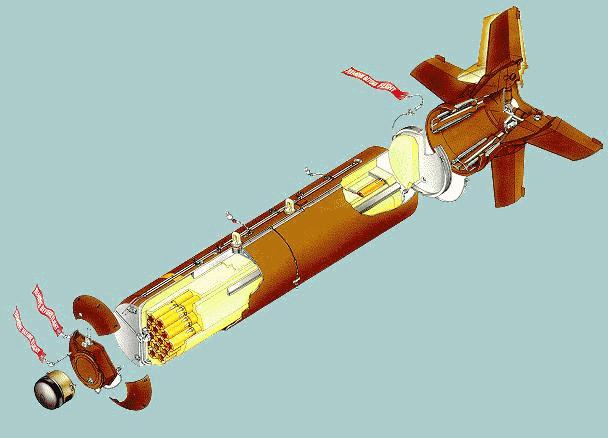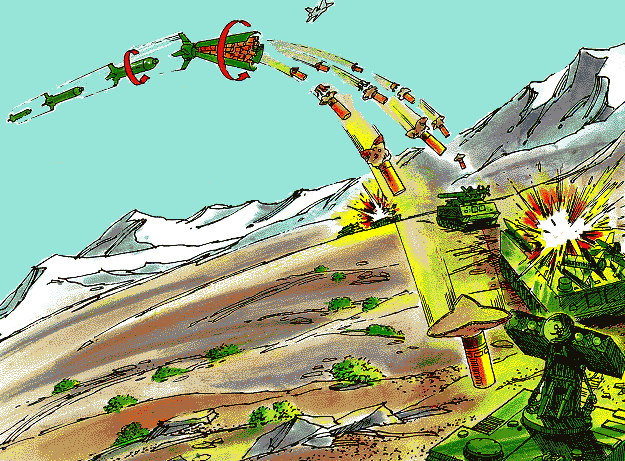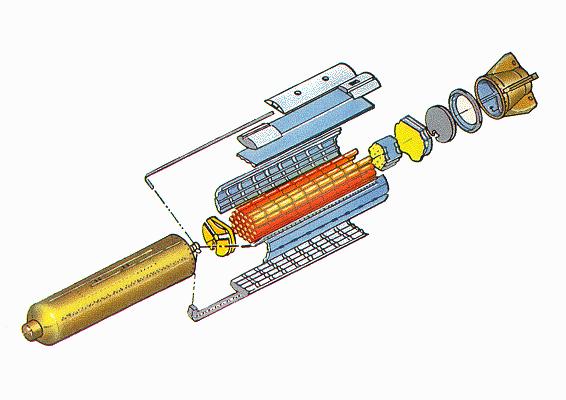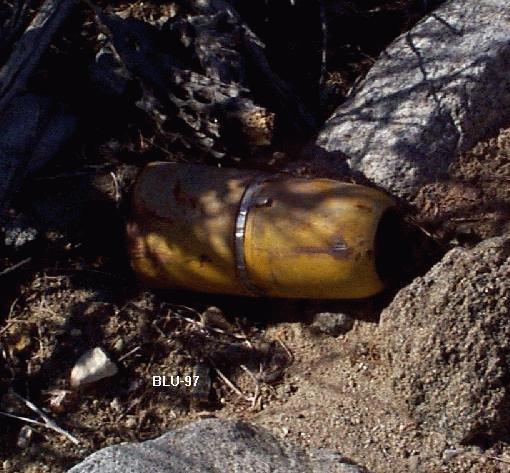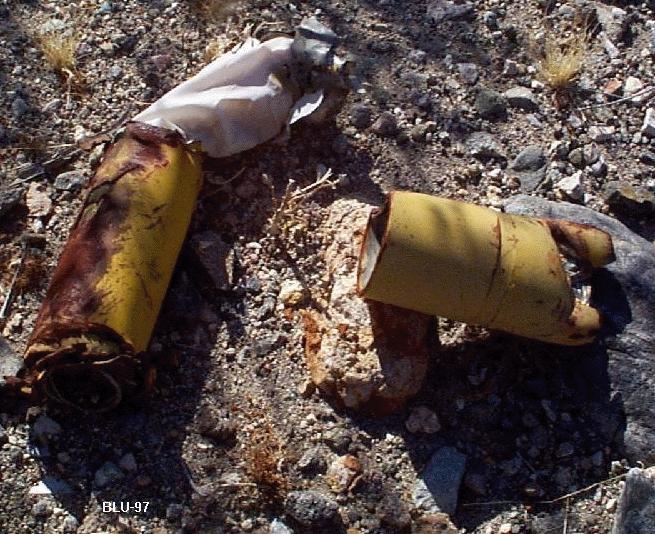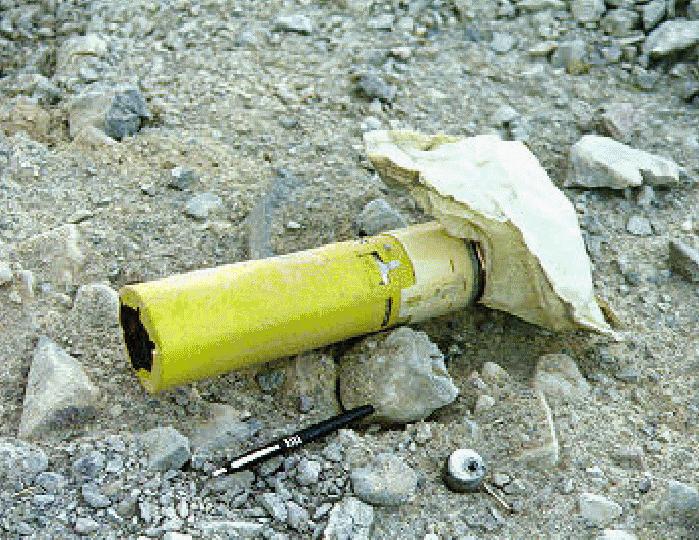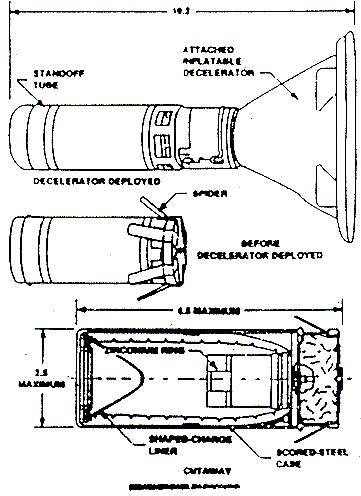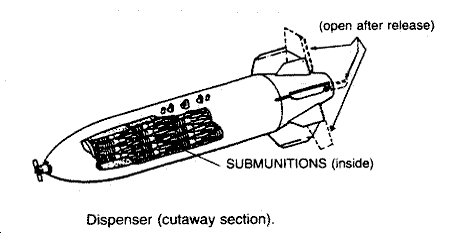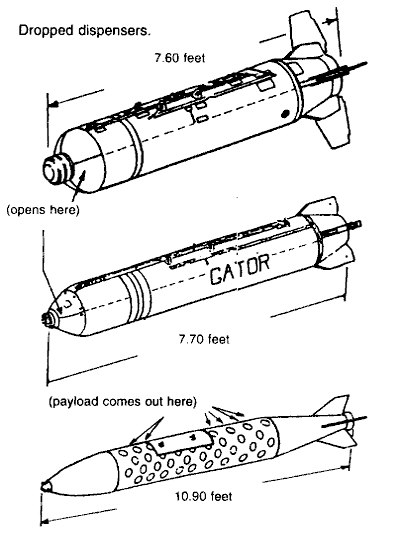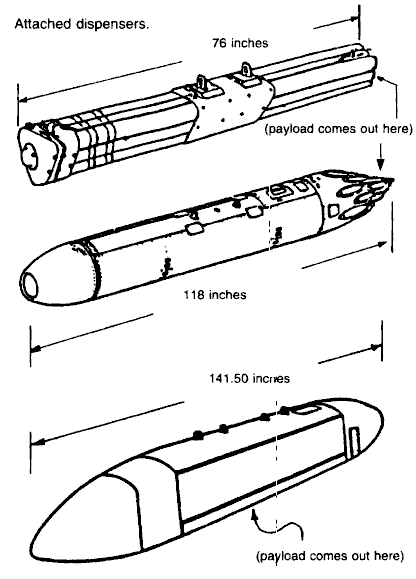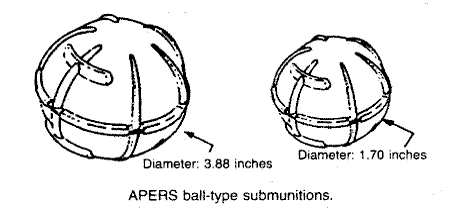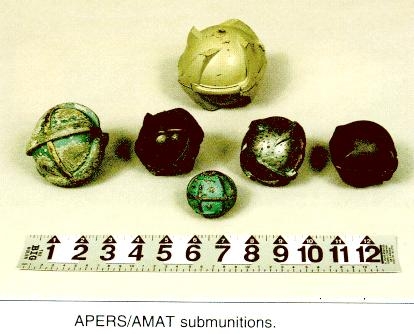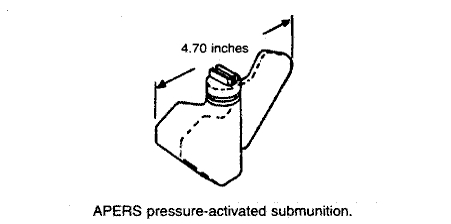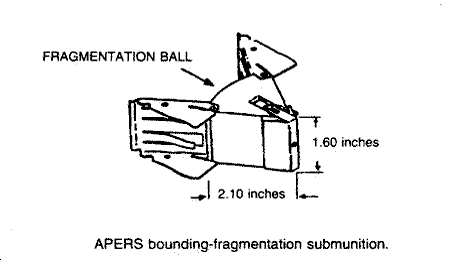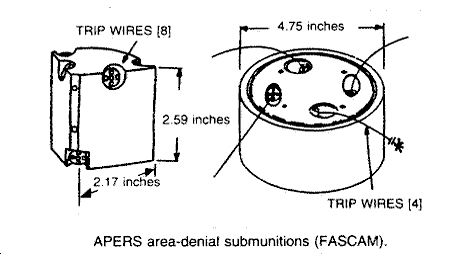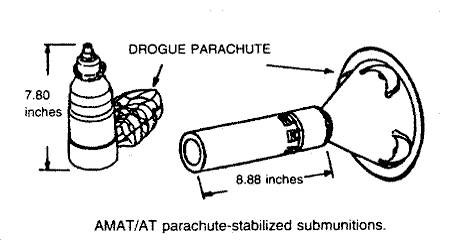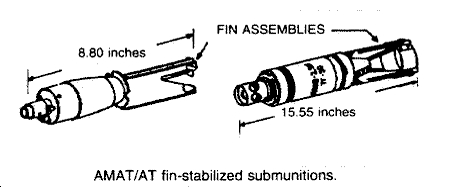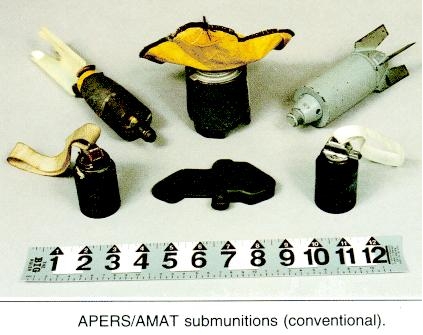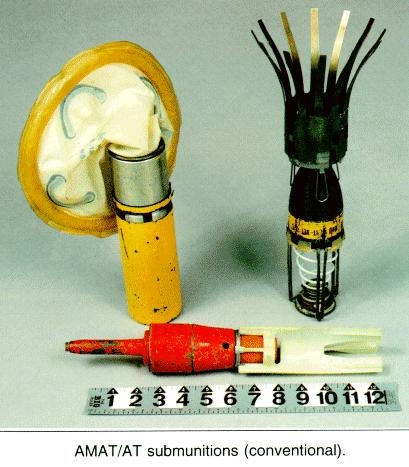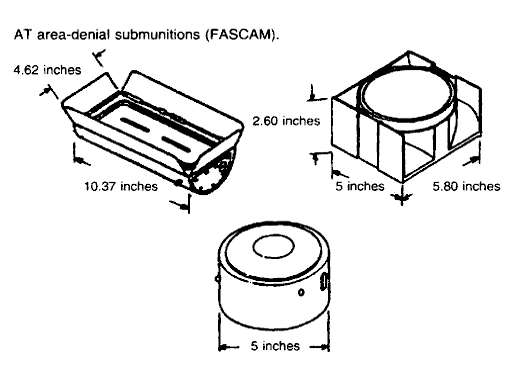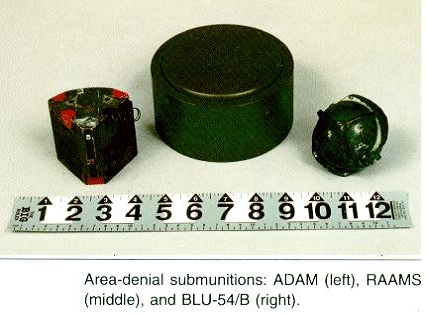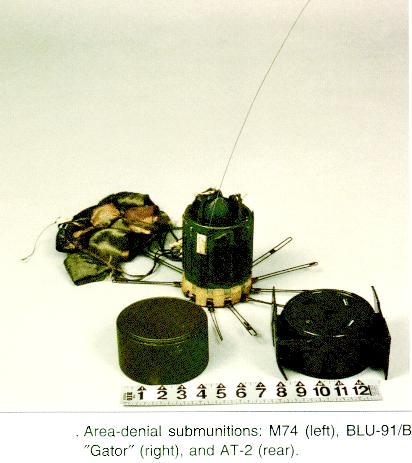美·中 빠진 ‘집속탄 금지’ 불발탄 ?
[문화일보] 2008년 05월 29일(목) 오후 02:01
국제사회가 그동안 대량 살상의 주범으로 지목해온 집속탄 사용을 금지하는 합의를 처음 도출했다. 지난 19일부터 아일랜드 더블린에서 열리고 있는 집속탄 금지회의에 참석한 111개국은 28일 관련 협정 문구에 합의했다. 집속탄 금지 협약을 체결하기 위한 ‘오슬로 회의’가 개최 된지 3년 만에 이뤄낸 성과다. 이번 합의에 따라 집속탄을 국제협약으로 규제할 수 있는 발판이 마련됐으나, 주요 생산 및 보유국인 미국, 중국, 인도 등이 반대하며 이번 회의에 불참해 실효성 논란이 일고 있다.
◆집속탄 8년 이내 폐기, 실효성 논란 = 아일랜드 정부가 28일 홈페이지를 통해 공개한 18장짜리 합의문은 집속탄의 사용과 생산, 직·간접적인 이전을 전면 중단하고, 각국이 보유한 재고분을 향후 8년 이내에 폐기하는 것을 명시하고 있다. 아일랜드 마이클 마틴 외무 장관과 영국 고든 브라운 총리는 이날 AP통신과의 인터뷰에서 “인도주의 국제협약으로 진전되기 위한 의미 있는 결정”이라며 합의 도출의 의미를 높게 평가했다.
이번 합의가 집속탄 사용 금지와 폐기를 분명히 명시하고 있으나, 서명 국가들이 자국의 필요에 따라 빠져나갈 수 있는 허점도 적지 않다는 우려가 나오고 있다. 우선 합의문은 ‘현재’ 사용되는 집속탄의 금지를 규정하고 있어, 보다 정확한 조준과 고장났을 경우 자폭이 가능한 ‘새로운 형태’의 집속탄이 등장할 여지가 있다. 집속탄은 불발 비율이 5∼30%에 달해 지뢰형태로 남아 민간인에게 2차 피해를 야기한다. 전문가들은 서명한 국가들이 서명하지 않은 국가들과 군사 공조를 할 수 있도록 한 것도 문제점의 하나로 지적하고 있다. 이번 합의에 서명한 영국에는 미국의 집속탄 저장시설이 있다. 영국은 미국과 협의, 이와 관련한 해결책을 모색하겠다고 밝혔다.
◆미국은 반대, 국제사회 압박 = 이번 회의에는 미국 중국 러시아 인도 이스라엘 파키스탄 등 대량으로 집속탄을 소유하고 있는 국가들이 불참했다. 미국 국방부는 합의문과 관련, 28일 성명을 통해 “인도주의적 관점에서 집속탄 사용에 대한 우려에 공감하지만, 집속탄은 군사 활동에서 효능이 크고, 보유 금지 및 폐기는 미국과 동맹군의 생명을 위협할 수 있다”고 반대 입장을 재확인했다. 집속탄연합(CMC) 등 비정부(NGO) 기구들은 미국을 압박해 동참할 것을 요구하고 있다. BBC는 미국 이스라엘 중국 등이 1997년 대인지뢰협약에 가입하지 않았으나, 그 이후 대인지뢰를 사용을 자발적으로 금지 및 자제하고 있다며 국제사회는 주요 반대국들이 집속탄 금지의 국제적인 추세에 동참할 것으로 기대하고 있다고 전했다.
◆집속탄은 무엇? = 1개의 폭탄이 100개 이상의 소형폭탄으로 구성돼 모자폭탄(母子爆彈)이라고도 불리는 사실상의 대량살상무기다. 항공기, 헬리콥터에서 투하되거나 미사일 형태로 발사된 모(母)폭탄이 공중에서 수백개의 자(子) 폭탄으로 분리되면서 폭발한다. 1개의 집속탄으로 최대 1㎢ 넓이의 지역을 초토화시킬 수 있다. CMC에 따르면 현재 75개국 이상이 집속탄을 보유하고 있으며, 34개국은 210종 이상의 집속탄을 생산하고 있다. 1960년 미국이 베트남 전쟁 때 본격적으로 사용했고, 최근에는 2006년 8월 이스라엘-레바논 전쟁에서 이스라엘이 집속탄을 사용했다.
심은정기자 문화일보
***********************************
Cluster bomb ban deal agreed
(01:47) Report
May 29 - More than 100 nations agree a draft treaty to ban cluster bombs.
The treaty is due to be formally signed in Oslo in December unless there are any unexpected objections, but some major stockpilers of the weapons including the United States, Russia and China are not a party to the deal.
Paul Chapman reports.
*****************************************
민간인 킬러’ 집속탄 1발 1㎢ 초토화
시엥쿠앙=Xieng Khouang
비엥케오 카봉손=Viengkeo Kavongsone
'라오스 북부 시엥쿠앙 주(州)의 숲 속 오두막에서 살고 있던 비엥케오 카봉손 씨 가족은 지난달 집 주변의 배수로를 청소하고 있었다. 테니스공 크기의 고철 덩어리를 치우려는 순간 폭발이 일어났다. 작은 아들은 즉사했고 아내와 딸은 다리를, 큰 아들은 눈을 잃었다.'
영국 더 타임스가 최근 보도한 집속탄(集束彈·Cluster Munition) 피해의 참상이다. 한 가족을 파괴한 이 폭탄은 1960년대 말 쯤 미군이 투하한 것이었다. 폭탄이 떨어진지 40년이 되어가는 오늘날에도 라오스에서는 집속탄 불발탄 폭발로 1년에 약 400명이 숨지거나 다치고 있다고 AFP 통신은 전했다.
이처럼 민간인에게 큰 피해를 주고 있는 집속탄의 생산과 사용, 보관, 이동을 금지하자는 국제 사회의 목소리가 높아지고 있다. 이달 19~30일 아일랜드 더블린에서는 100여 개국 대표단이 참가한 가운데 '집속탄 금지협약' 체결을 위한 회의가 열린다.
▽피해자 98%가 민간인=1943년 처음 개발된 집속탄은 비행기·헬리콥터에서 투하되거나 미사일 형태로 발사된 모(母)폭탄이 공중에서 수백 개의 자(子)폭탄으로 분리되면서 폭발하는 폭탄이다. 이 때문에 1개의 집속탄으로 최대 1㎢ 넓이의 지역을 초토화시킬 수 있다.
집속탄은 1960년대 미국이 베트남과 라오스, 캄보디아 등을 공격하면서 본격적으로 사용했으며 지금까지 이라크, 아프가니스탄, 체첸 등 23개 국가나 지역에 투하됐다. 최근에는 2006년 8월 이스라엘-레바논 전쟁에서 이스라엘 군이 집속탄을 사용했다. 집속탄이 특히 민간인에게 큰 피해를 입히는 것은 폭격범위가 넓은 데다 투하 당시 폭발하지 않은 자폭탄들이 땅에 묻혀 지뢰 역할을 하기 때문이다.
국제인도주의 단체인 '핸디캡 인터내셔널'은 지난해 발표한 보고서에서 지금까지 1만 3306명이 집속탄에 의한 사상자로 확인됐으며 이 중 민간인이 97.9%(1만 3031명)라고 집계했다. 이 단체는 자료 수집의 한계를 감안할 때 실제 집속탄 사상자는 최대 10만 명에 이를 것으로 추산했다. 이 단체는 또 지금까지 사용된 집속탄이 약 4억 4000만 개이며 이 중 최대 1억 3000만 개가 불발탄으로 남아 민간인의 생명을 위협하고 있다고 설명했다.
▽주요 강대국 "포기 못해"=집속탄의 피해는 '현재 진행형'이다. 휴먼라이츠워치(HRW)는 현재 28개국이 집속탄을 생산하고 있으며 75개국이 이를 보유하고 있다고 밝혔다. 남북한도 모두 집속탄 생산·보유국이다.
전 세계 200여 개 민간단체가 참여하고 있는 집속탄반대연합(CMC)은 지난해 2월 집속탄 금지를 논의하는 첫 국제회의가 노르웨이 오슬로에서 열린 뒤 지금까지 모두 84개국이 집속탄 금지에 찬성 의사를 밝혔다고 밝혔다. 그러나 미국, 러시아, 중국 등 주요 생산·사용국들이 미온적 태도를 보여 협약이 체결되더라도 실효성이 있을지는 의문이다.
이와 관련해 영국 싱크탱크 채텀하우스가 발행하는 '월드 투데이'는 "미국, 러시아, 중국 등은 1997년 체결된 대인지뢰금지협약에 서명하지 않았지만 지금 이들 국가는 대인지뢰를 생산하지 않고 있다"며 "이와 마찬가지로 집속탄 금지 협약이 체결되면 가입하지 않은 국가들도 영향을 받게 될 것"이라고 기대했다.
장택동기자 동아일보
*******************************************
cluster bomb (집속탄)
집속탄(한자: 集束彈, 영어: cluster bomb unit)은 한 개의 폭탄 속에 또 다른 폭탄이 들어가 있는 폭탄을 말한다. 이러한 성질 때문에 모자(母子)폭탄이라고도 한다. 이 모자폭탄이 목표지점에 다가가면 모 폭탄이 시한장치에 의해 목표지점 위에서 터지고, 그 안에서 자폭탄들이 ?아져 나와 목표지점의 목표물을 공격한다. 이와 같은 원리의 폭탄으로는 볼(Ball)폭탄과 파인애플 폭탄이 있다.
CBU- 로 시작하는 건 몽땅 공군용 클러스터 폭탄입니다.
우리 공군도 많은 종류를 보유하고 있지요.
흔히 쓰는 두 종류의 클러스터 폭탄입니다.
1. CBU-87. 길이 234센티, 직경 40센티, 무게 431 Kg. (SUU-65 + BLU-97).
자탄수 202발. 대전차, 대보병 혼합형.
2. CBU-89. 길이 234센티, 직경 40센티, 무게 322 Kg. (SUU-64 + BLU-91, 92)
자탄수 94발. (91형 대전차용 72발 + 92형 대보병용 22발 혼합)
CBU-87/B Combined Effects Munitions (CEM)
BLU-97/B Combined Effects Bomb (CEB)
The CBU-87 is a 1,000-pound, Combined Effects Munition (CEM) for attacking soft target areas with detonating bomblets. The CBU-87 CEM, an all-purpose, air-delivered cluster weapons system, consists of a SW-65 Tactical Munitions Dispenser (TMD) with an optional FZU-39 proximity sensor. The BLU-97/B Combined Effects Bomb (CEB), effective against armor, personnel and material, contains a shaped charge, scored steel casing and zirconium ring for anti-armor, fragmentation and incendiary capability. The bomblet case is made of scored steel designed to break into approximately 300 preformed ingrain fragments for defeating light armor and personnel. A total of 202 of these bomblets are loaded in each dispenser enabling a single payload attack against a variety and wide area coverage. The footprint for the CBU-87 is approximatel 200 meters by 400 meters. The body of the submunition is cylindrical in shape, approximately 20 centimeters long, and has a 6 centimeter diameter. It is bright yellow when new.
During Desert Storm the US Air Force dropped 10,035 CBU-87s. During Allied Force the US dropped about 1,100 cluster bombs, and most of these were CBU-87s. The dud rate for a standard cluster was approximately five percent.
Regardless of its type or purpose, dropped ordnance is dispensed or dropped from an aircraft. Dropped ordnance is divided into three subgroups: bombs; dispensers, which contain submunitions; and submunitions.
********************************************
DISPENSERS
Dispensers may be classified as another type of dropped ordnance. Like bombs, they are carried by aircraft. Their payload, however, is smaller ordnance called submunitions. Dispensers come in a variety of shapes and sizes depending on the payload inside. Some dispensers are reusable, and some are one-time-use items.
Specifications
|
Contractor |
Aerojet General / Honeywell |
|
Weight: |
950 pounds |
|
Length: |
92 inches |
|
Diameter: |
15.6 inches |
|
Guidance: |
None |
|
Control: |
Spin [6 selections] |
|
Autopilot: |
None |
|
Propulsion: |
None |
|
Warhead: |
202 BLU-97/B Combined Effects Bomb (CEB) |
|
Fuse: |
Integral part of dispenser |
|
Aircraft |
6 F-4 |
|
Unit Cost List Price |
$13,941 [$ FY90] |
Dropped dispensers fall away from the aircraft and are stabilized in flight by fin assemblies. Dropped dispensers may be in one piece or in multiple pieces. All dropped dispensers use either mechanical time or proximity fuzing. These fuzes allow the payload to be dispersed at a predetermined height above the target. Multiple-piece dispensers open up and disperse their payload when the fuze functions. Single-piece dispensers eject their payload out of ports or holes in the body when the fuze functions.
Attached dispensers stay attached to the aircraft and can be reloaded and used again. Their payload is dispersed out the rear or from the bottom of the dispenser.
SUBMUNITIONS
Submunitions are classified as either bomblets, grenades, or mines. They are small explosive-filled or chemical-filled items designed for saturation coverage of a large area. They may be antipersonnel (APERS), antimateriel (AMAT), antitank (AT), dual-purpose (DP), incendiary, or chemical. Submunitions may be spread by dispensers, missiles, rockets, or projectiles. Each of these delivery systems disperses its payload of submunitions while still in flight, and the submunitions drop over the target. on the battlefield, submunitions are widely used in both offensive and defensive missions.
Submunitions are used to destroy an enemy in place (impact) or to slow or prevent enemy movement away from or through an area (area denial). Impact submunitions go off when they hit the ground. Area-denial submunitions, including FASCAM, have a limited active life and self-destruct after their active life has expired. The major difference between scatterable mines and placed mines is that the scatterable mines land on the surface and can be seen. Placed mines may be hidden or buried under the ground and usually cannot be seen.
The ball-type submunitions are APERS. They are very small and are delivered on known concentrations of enemy personnel, scattered across an area. Like a land mine, it will not blow up until pressure is put on it.
The APERS submunition can be delivered by aircraft or by artillery. When it hits the ground, a small fragmentation ball shoots up and detonates about 6 feet above the ground. The area-denial APERS submunitions (FASCAM) are delivered into areas for use as mines. When they hit the ground, trip wires kick out up to 20 feet from the mine. All area-denial submunitions use antidisturbance fuzing with self-destruct fuzing as a backup. The self-destruct time can vary from a couple of hours to as long as several days.
The AMAT and/or AT submunitions are designed to destroy hard targets such as vehicles and equipment. They are dispersed from an aircraft-dropped dispenser and function when they hit a target or the ground. Drogue parachutes stabilize these submunitions in flight so they hit their targets straight on. The submunitions are also used to destroy hard targets such as vehicles and equipment. The only difference is that the fin assembly stabilizes the submunition instead of the drogue parachute.
AT area-denial submunitions can be delivered by aircraft, artillery, and even some engineer vehicles. These FASCAMs all have magnetic fuzing. They will function when they receive a signal from metallic objects. These submunitions, similar to the APERS area-denial submunitions, also have antidisturbance and self-destruct fuzing. AT and APERS area-denial mines are usually found deployed together.
Most airframes are capable of delivering a variety of submunitions. There is no set air delivery mission profile. The hazard area depends on the submunition, mission profile, target type, and number of sorties. Air Force and naval air power employ cluster bomb units (CBUs) containing submunitions that produce hazard areas similar to MLRS/ cannon artillery submunitions. Air delivered canisters contain varying amounts of CBUs. one CBU-58 or three CBU-87/ CBU-52 contain approximately the same number of submunitions as one MLRS rocket with 644 submunitions. A B-52 dropping a full load of 45 CBUs (each CBU-58/CBU-71 contains 650 submunitions) may produce an hazard area that is significantly more dense than an MLRS hazard area. A typical F-16 flying close air support (CAS) against a point target may drop two CBUs per aircraft per run, thus producing a very low-density hazard area.
Saturation of unexploded submunitions has become a characteristic of the modern battlefield. The potential for fratricide from unexploded ordnance [UXO] is increasing. Joint Publication 1-02 defines unexploded explosive ordnance as ?xplosive ordnance which has been primed, fused, or otherwise prepared for action, and which has been fired, dropped, launched, projected, or placed in such a manner as to constitute a hazard to operations, installations, personnel or material and remains unexploded either by malfunction or design or for any other cause." Although ground forces are concerned with all unexploded ordnance, the greatest potential for fratricide comes from unexploded submunitions.
Submunition function reliability requirement is no less than 95 percent. With a 95 percent submunition function reliability, one CBU-58 (with 650 submunitions) could produce up to 38 unexploded submunitions. A typical B-52 dropping a full load of 45 CBU-58/CBU-71, each containing 650 submunitions, could produce an average of some 1700 unexploded sub-munitions. The numbers of submunitions that fail to properly function and the submunitions?dispersion determine the actual density of the hazard area.
Studies that show 40 percent of the duds on the ground are hazardous and for each encounter with an unexploded submunition there is a 13 percent probability of detonation. Thus, even though an unexploded submunition is run over, kicked, stepped on, or otherwise disturbed, and did not detonate, it is not safe. Handling the unexploded submunition may eventually result in arming and subsequent detonation.
***************************************************
'무기리스트 > 세계우주무기' 카테고리의 다른 글
| 무인 스텔스 레이저 공격기 X-47B (0) | 2008.05.30 |
|---|---|
| 미국 '스텔스 전투기' 괌에 전진배치 (0) | 2008.05.30 |
| 화성탐사 로봇 '피닉스' 화성 착륙 성공 (0) | 2008.05.26 |
| 고산, 러시아 정보기관이 갑자기…새로운 주장 (0) | 2008.05.24 |
| 러시아 흑해함대 ‘방’ 빼야 하나 (0) | 2008.05.23 |
